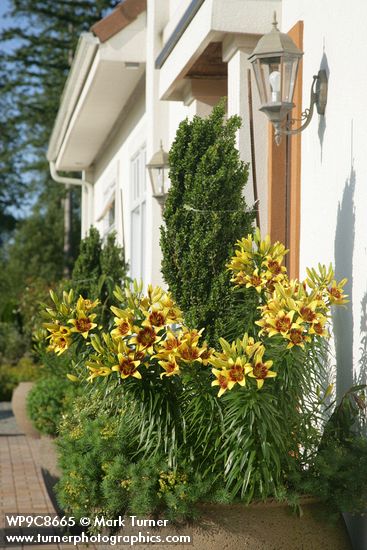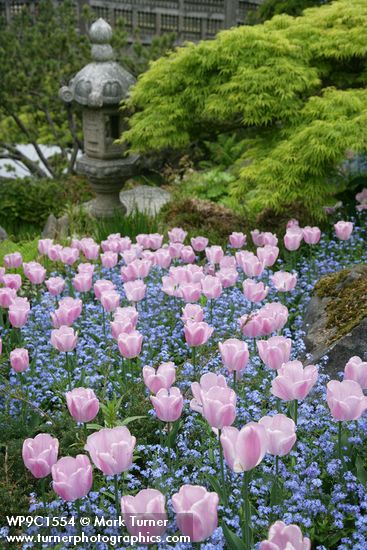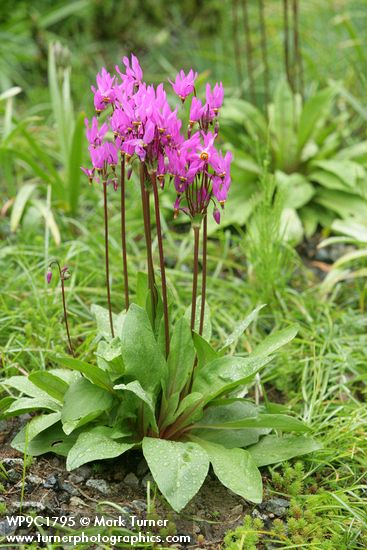Woodland Gardens
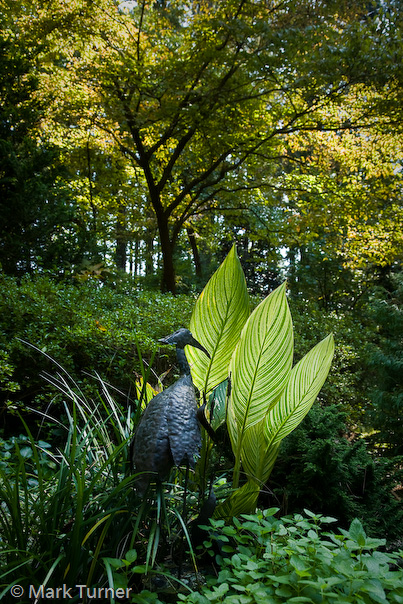 I’m learning that gardeners and homeowners in North Carolina’s Piedmont region value their shade. I spent today photographing and enjoying three woodland gardens in and around Raleigh.
I’m learning that gardeners and homeowners in North Carolina’s Piedmont region value their shade. I spent today photographing and enjoying three woodland gardens in and around Raleigh.
The photo to the right is from Suzanne Edney’s entrance garden. She’s a garden designer who moved to this property on the edge of Apex with her husband about 19 years ago. The previous owner had scraped the forest understory bare, essentially gardening with a bulldozer. In the intervening years Suzanne has planted a diverse collection of understory trees, shrubs, and perennials. She’s encouraged the native moss to grow in some of her paths.
In essence, on most of her extensive property she has created a managed woodland. Only in the front of the house does the garden resemble a more formal garden. That’s the part you’re seeing here.
This is very much a foliage garden, planted to provide vistas from inside the house. In her design work Suzanne told me that she insists on viewing each client’s property from the windows so she can envision the future view once the garden is established. She’s done that in her own garden so that there is an enticing view from each window in all seasons.
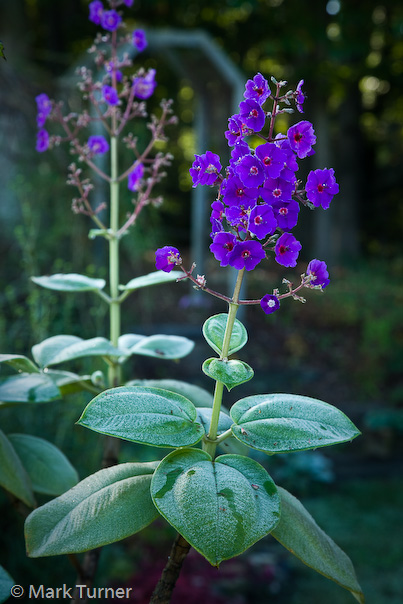 I started my day in Rita Mercer’s garden. It’s also a woodland garden, neatly maintained under the mixed hardwood and loblolly pine canopy. As I worked I constantly heard acorns falling from the oaks. I never got hit, but was glad I was wearing a cap. In September, Rita’s garden is primarily a foliage garden, but I could imagine it coming to life each spring starting with masses of hellebores and continuing with rhododendrons and azaleas.
I started my day in Rita Mercer’s garden. It’s also a woodland garden, neatly maintained under the mixed hardwood and loblolly pine canopy. As I worked I constantly heard acorns falling from the oaks. I never got hit, but was glad I was wearing a cap. In September, Rita’s garden is primarily a foliage garden, but I could imagine it coming to life each spring starting with masses of hellebores and continuing with rhododendrons and azaleas.
Early autumn color came from a few tropicals and native shrubs in what she calls the “hanger garden” because it’s next to their airplane hanger. This brilliant blue-purple is the tender Tibouchina grandiflora, more commonly known as Glory Flower. That’s a wooden arbor over the path leading back to the house soft-focus in the background.
At the bottom of her hillside garden is a sunny pond with statuesque grasses and shrubs along the edge of the cul-de-sac. It stands in contrast to the rest of the garden which is in full shade nearly constantly. Photographing in such deep shade was a challenge, even on a bright and sunny morning. I found myself using long exposures and ISO 400 most of the time. If I were still shooting film it would have been nearly impossible.

I finished the day in Amelia Lane’s garden. She’s in a 1960s suburb. The front yard has a typical lawn, but bordered with a fan palm that complements one of her many native dogwoods. The back yard is a managed woodland. Like Suzanne, Amelia started with a nearly blank slate about 19 years ago and started planting and laying out paths. This photo is of a striking variegated lacecap hydrangea. Amelia says it doesn’t bloom very well in her shade, but the foliage makes up for it.
The hydrangea is growing around a concrete ball, one of many that Amelia has made and placed around the garden. At one point I was surprised by a “black hole globe.” It’s like a shiny gazing globe, but matte black. In reality, it’s an old bowling ball that’s had several years to weather.
All three of these gardeners were gracious hostesses. It was fun to visit and photograph their gardens and talk with them. I feel like I’ve made three new friends. I’ll be out in three more North Carolina gardens on Tuesday.


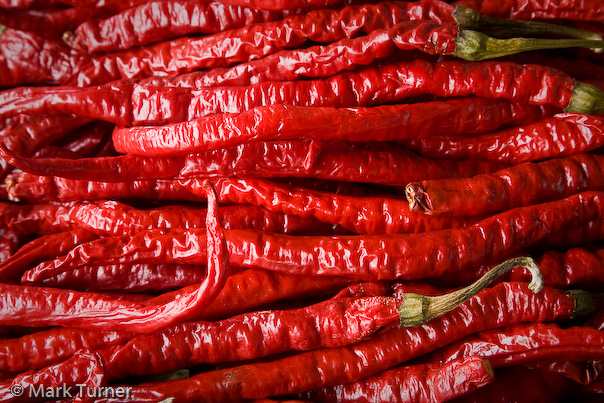
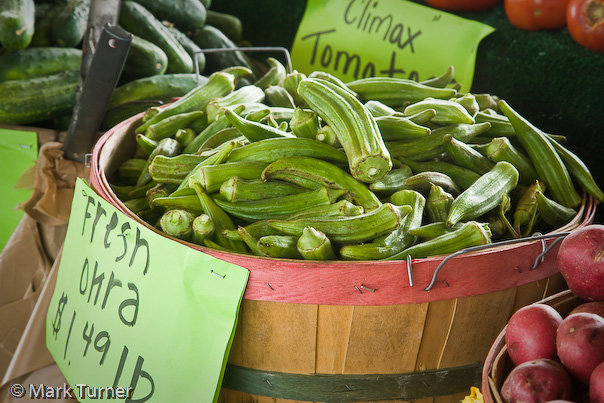
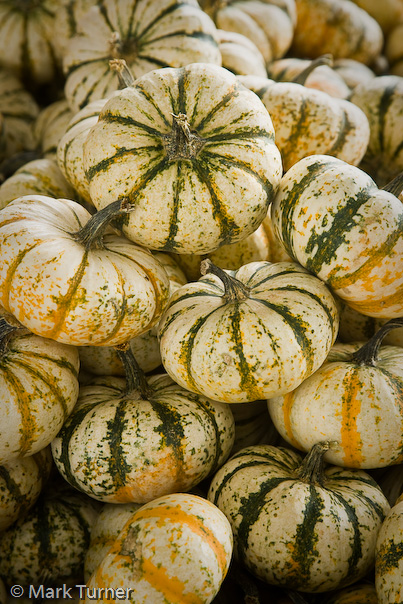 Now that autumn has arrived pumpkins and gourds are ripe. Families are starting to put up fall decorations in anticipation of Halloween. These miniature pumpkins were part of a colorful farm display at the market. Several vendors had pumpkins, both little ones like these and big ones suitable for jack-o-lanterns. In between are the sweet pie pumpkins.
Now that autumn has arrived pumpkins and gourds are ripe. Families are starting to put up fall decorations in anticipation of Halloween. These miniature pumpkins were part of a colorful farm display at the market. Several vendors had pumpkins, both little ones like these and big ones suitable for jack-o-lanterns. In between are the sweet pie pumpkins.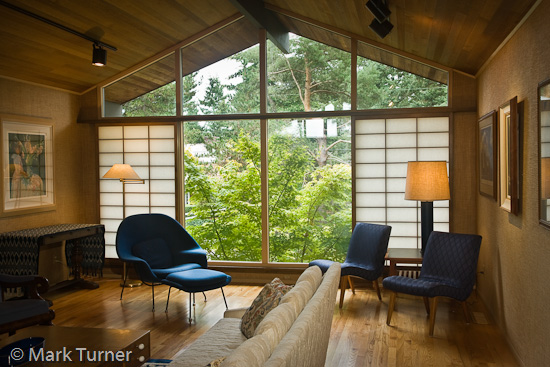
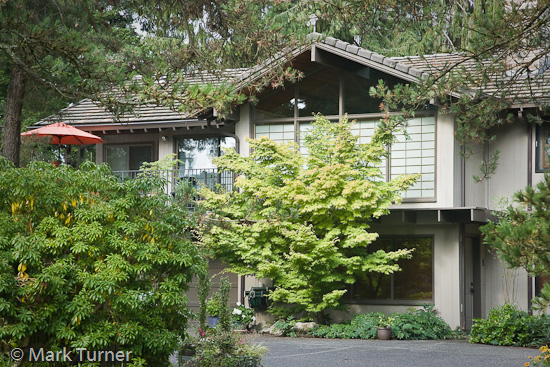
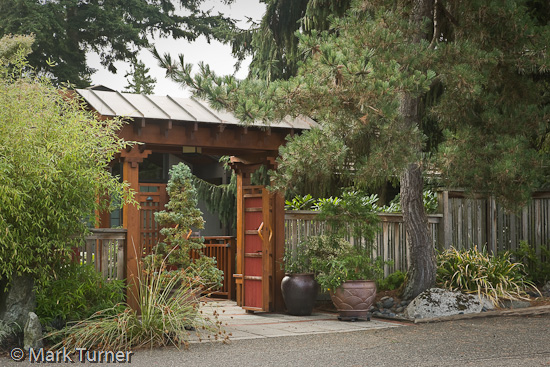
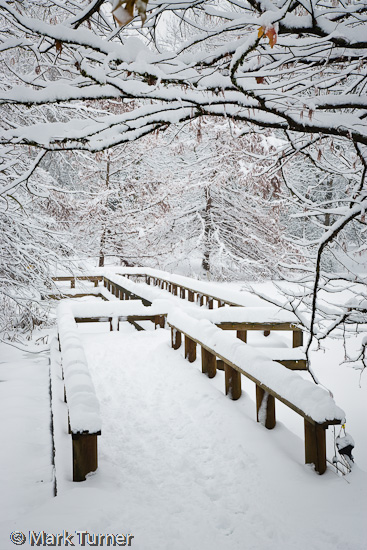 According to Weather Underground, it’s 96° at the Bellingham airport this afternoon. That’s four degrees warmer than the previous record, set in 1960.
According to Weather Underground, it’s 96° at the Bellingham airport this afternoon. That’s four degrees warmer than the previous record, set in 1960.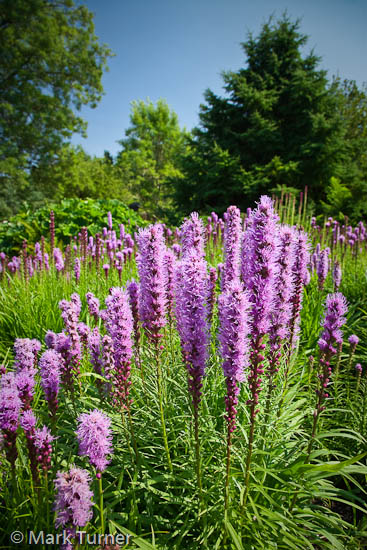 Here’s a great midwest and eastern prairie plant, Liatris spicata, blooming exuberantly today at VanDusen Botanical Garden in Vancouver, British Columbia. It also goes by the common names of Gayfeather or Blazing Star. I believe this is the variety
Here’s a great midwest and eastern prairie plant, Liatris spicata, blooming exuberantly today at VanDusen Botanical Garden in Vancouver, British Columbia. It also goes by the common names of Gayfeather or Blazing Star. I believe this is the variety  I got an e-mail this afternoon from a gardener in Ontario, Oregon that I’d visited last month. She’d just received her Horticulture magazine for August. Jean wrote, “Got my issue of Horticulture yesterday and was reading it this afternoon and just now noticed your photo MADE THE COVER!!! Fantastic!! It’s a beauty too with the sweetbriar rose. … Congratulations on a lovely piece of photography with great distribution!”
I got an e-mail this afternoon from a gardener in Ontario, Oregon that I’d visited last month. She’d just received her Horticulture magazine for August. Jean wrote, “Got my issue of Horticulture yesterday and was reading it this afternoon and just now noticed your photo MADE THE COVER!!! Fantastic!! It’s a beauty too with the sweetbriar rose. … Congratulations on a lovely piece of photography with great distribution!”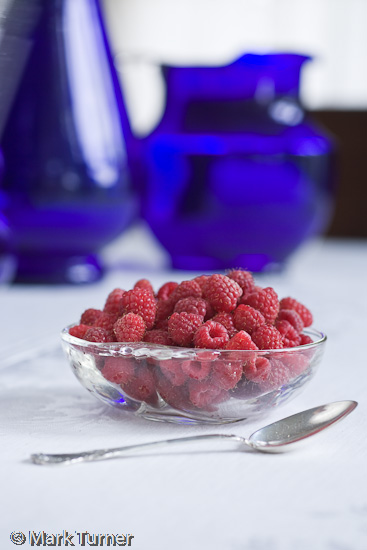 This is about as fresh as you can get. Natalie picked a large bowl of red raspberries in our garden after dinner tonight. As she brought them in I thought they’d make a nice still life.
This is about as fresh as you can get. Natalie picked a large bowl of red raspberries in our garden after dinner tonight. As she brought them in I thought they’d make a nice still life.